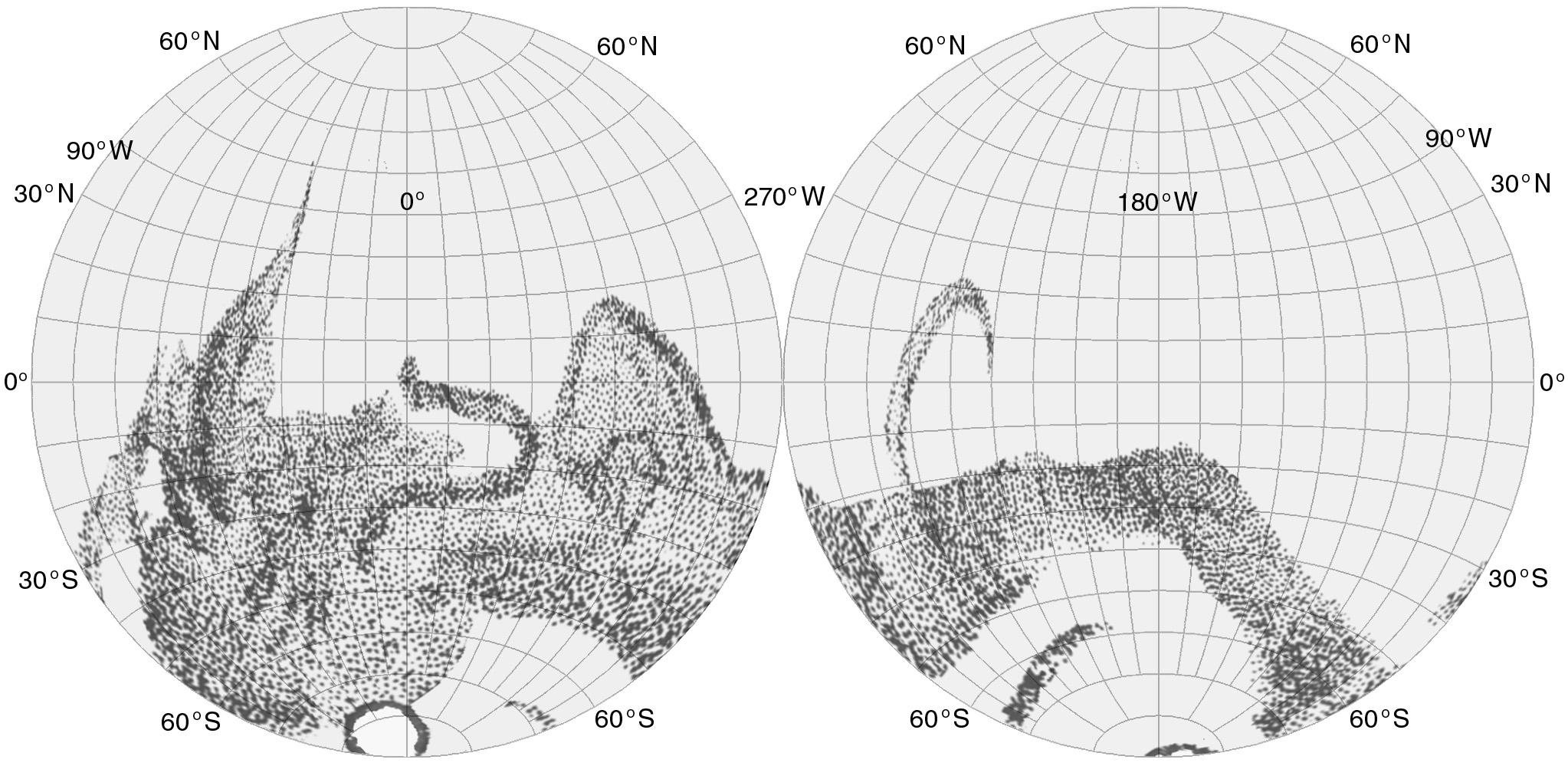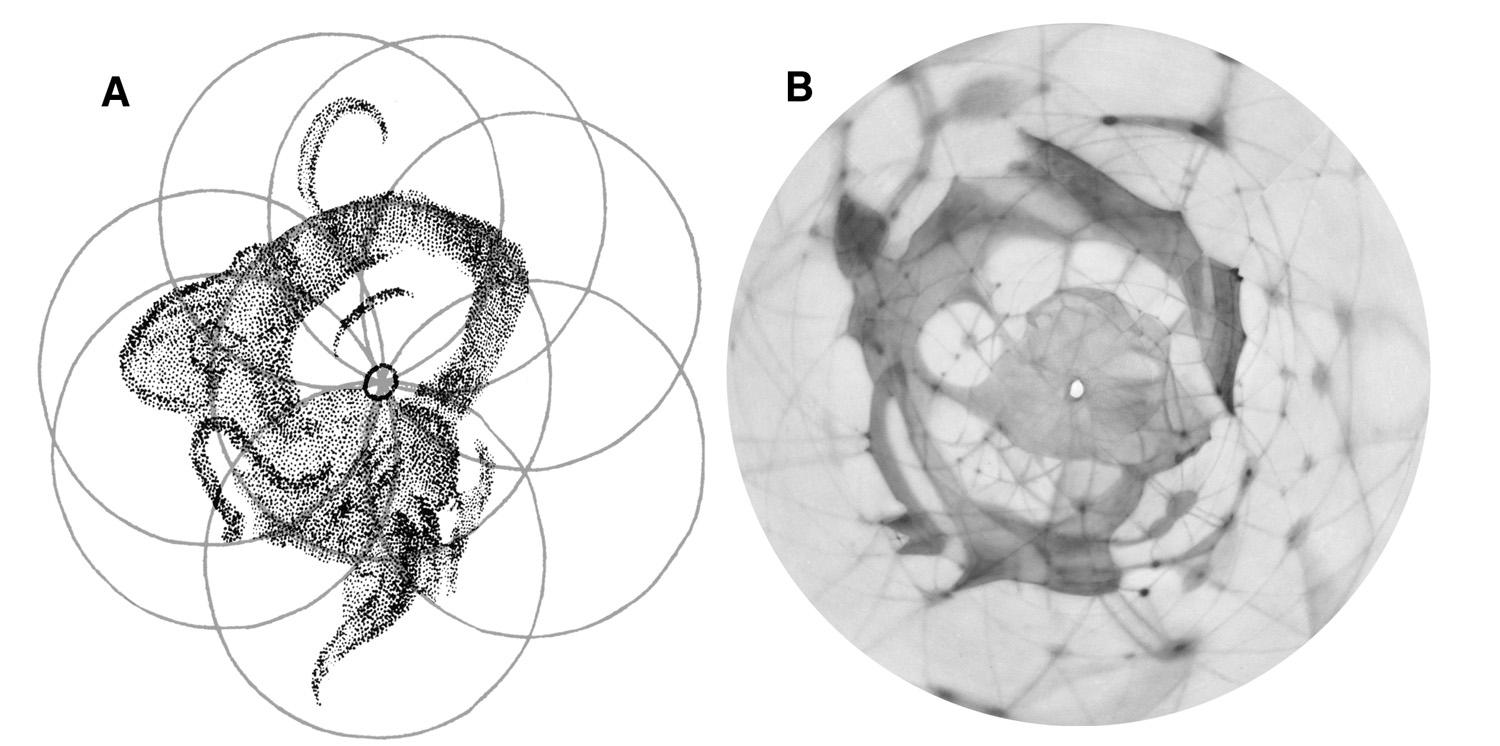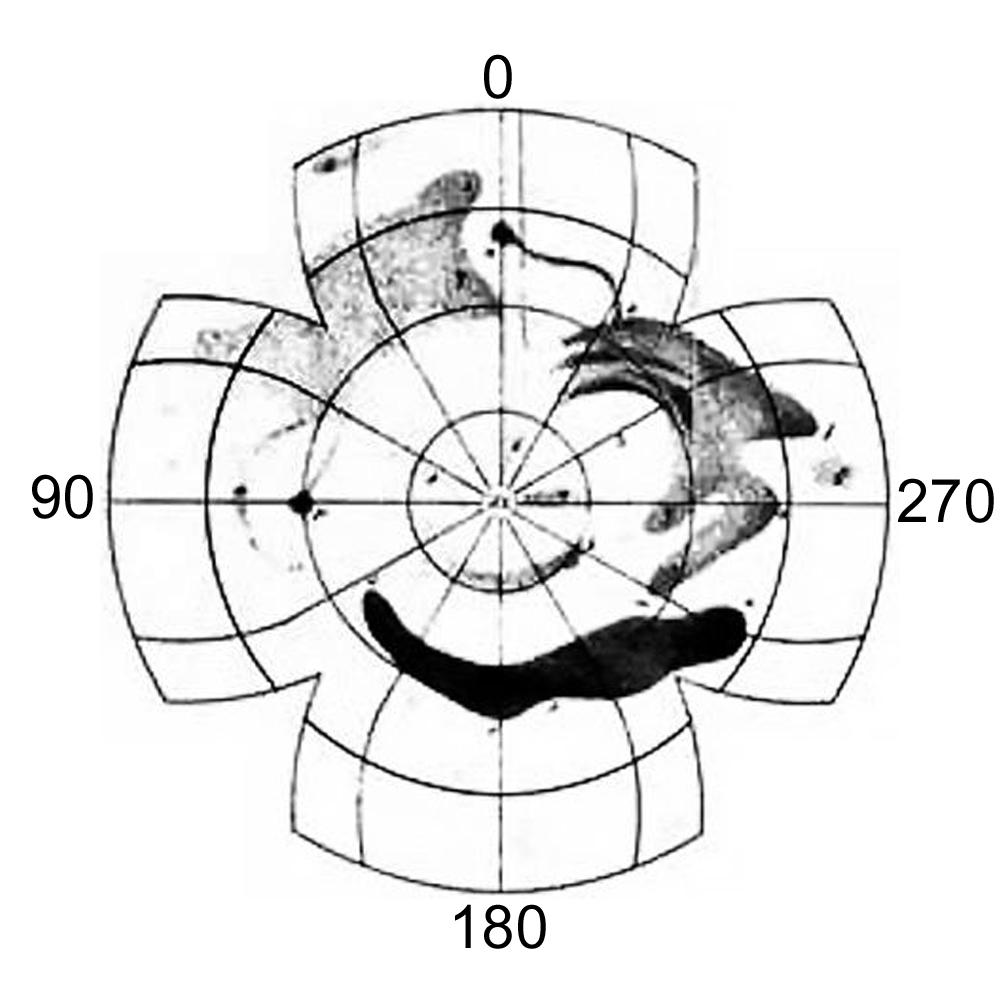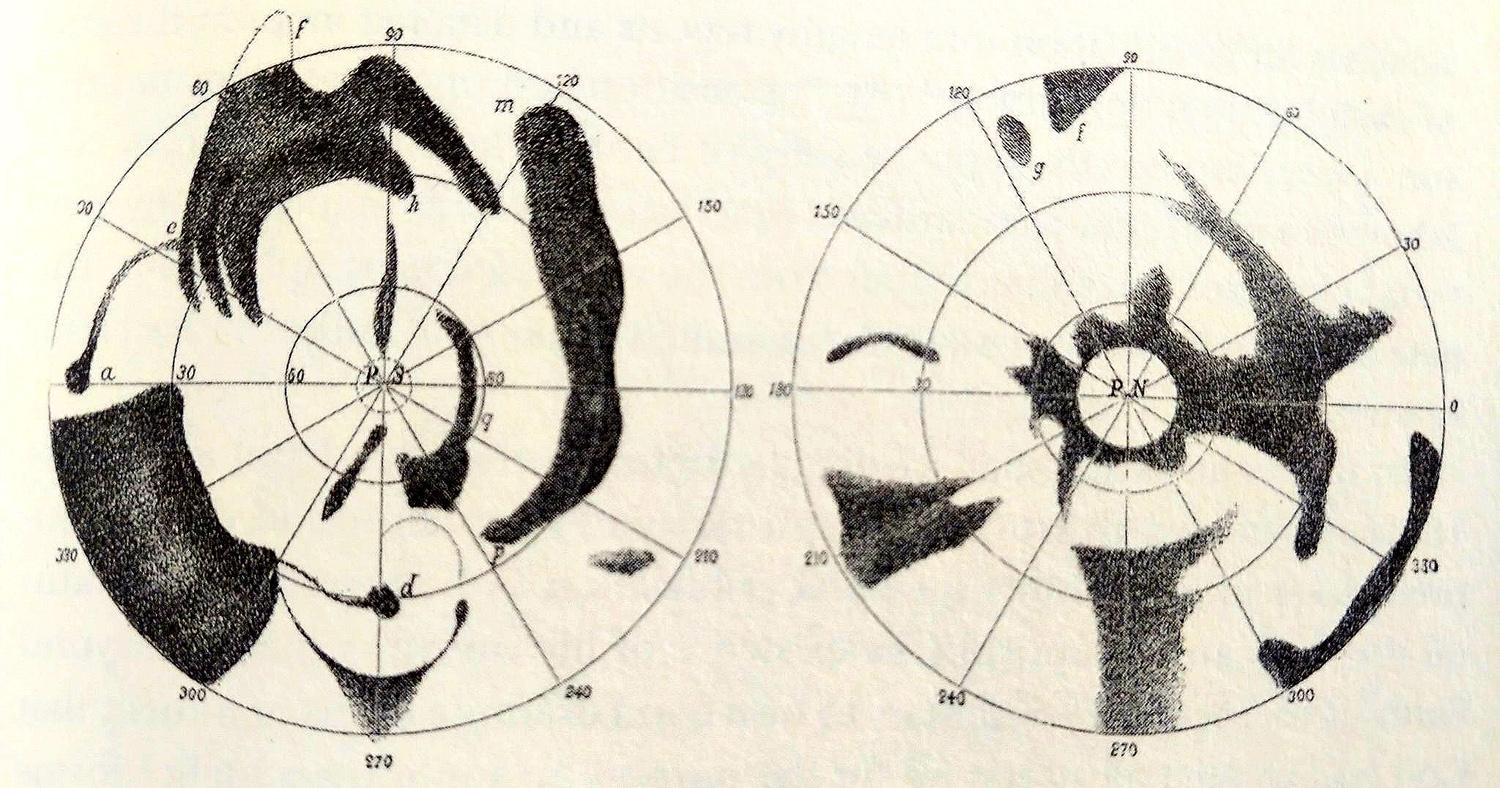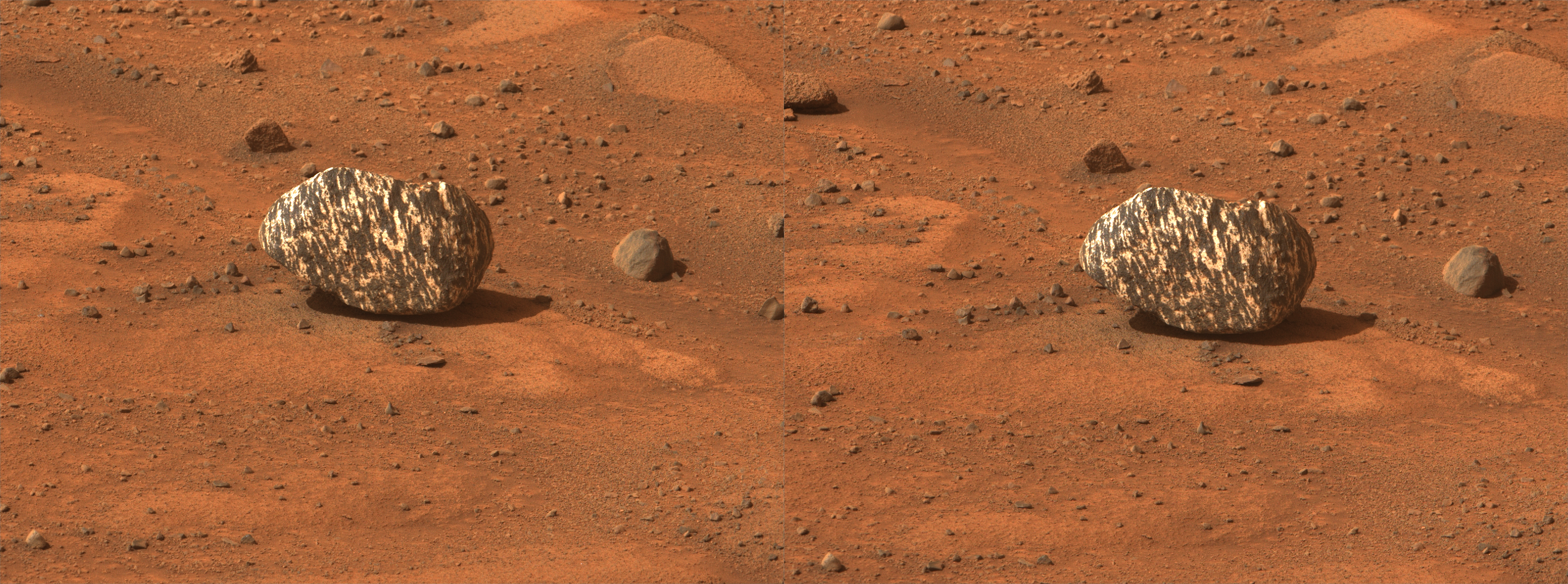Content Warning
Content Warning
Content Warning
Content Warning
Content Warning
To go 3D: eyes' lines of sight parallel/left image for left eye/right image for right eye
Calibrated images by the Mastcam-Z team at Arizona State Univ., Sol 1268, Sep. 13, 2024
#Mars#Perseverance#ZebraRock#FreyaCastle#3D#Stereo3D #stereoscopy #geology #planetaryscience#Mars2020 #rock #rocks #solarocks #science#Stem#astrodon #Mastcam #MastcamZforall #photography
Content Warning
Scientists simulated a situation that may offer an improved explanation for how the Red Planet ended up with small Phobos and tiny Deimos.
Credits video: Jacob Kegerreis, et al./NASA Ames
#Mars#Phobos#Deimos #science #Astrodon#STEM #space #rings#NYTimes #news
